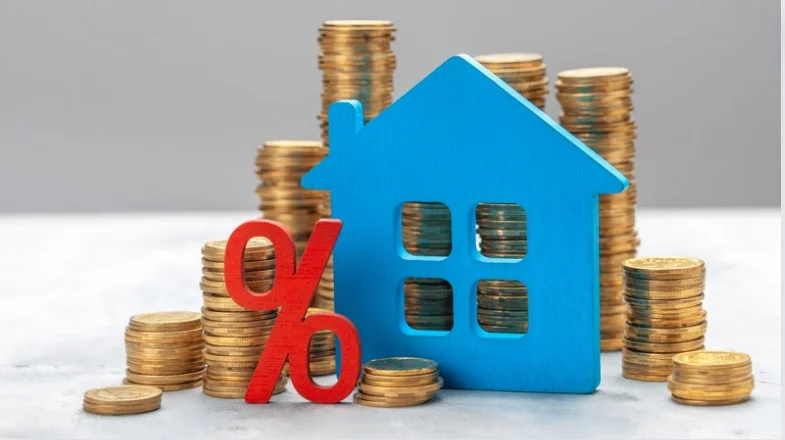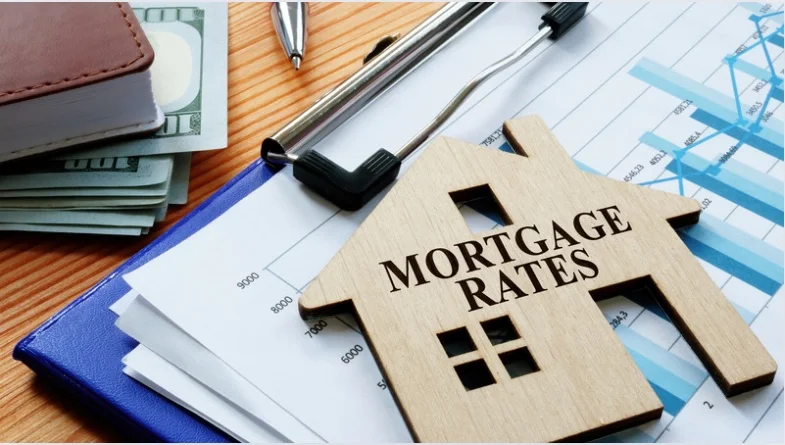When contemplating building your dream home, financing the project often raises questions about construction loans and their rates. Unlike traditional mortgages used for purchasing existing properties, construction loans cater specifically to funding the construction of a new home. This article delves into the intricacies of construction loan rates, how they differ from standard mortgage rates, and what factors can influence these rates.
What Are Construction Loans?
Construction loans are short-term loans designed to finance the various stages of building a residential home, commonly referred to as a stick-built house. These loans cover everything from purchasing the land to completing the final structure. Unlike traditional mortgages, construction loans do not provide funds in one lump sum; instead, they release funds in stages based on the progress of the construction.
There are two main types of construction loans:
- Standalone Construction Loan: This short-term loan typically lasts one year and is used solely for the construction phase. Once the home is built, the borrower usually secures a separate mortgage to pay off the construction loan.
- Construction-to-Permanent Loan: This type of loan combines the construction financing and permanent mortgage into one package. After the construction is completed, the loan automatically converts into a long-term mortgage, which simplifies the borrowing process for the homeowner.
Construction Loan Rates Overview
Construction loan rates typically differ from traditional mortgage rates in several significant ways. They are generally higher due to the increased risk associated with financing a property that is not yet built. Lenders face various uncertainties, including potential delays in construction, cost overruns, and changes in the market. Here are key points to consider regarding construction loan rates:
1. Higher Interest Rates
Interest rates for construction loans tend to be higher than those for traditional mortgages. While conventional mortgage rates can fluctuate based on market conditions, construction loan rates can be influenced by additional factors such as the borrower’s creditworthiness, the lender’s policies, and the type of construction loan being sought. Borrowers should expect rates that can be 1% to 2% higher than standard mortgage rates.
2. Variable Interest Rates
Many construction loans feature variable interest rates, meaning that the rate can change throughout the loan term based on market conditions. This is in contrast to fixed-rate mortgages, where the interest rate remains constant over the life of the loan. Borrowers need to be aware of the potential for increasing costs over time with a variable rate, particularly if the construction process takes longer than anticipated.
3. Short-Term Nature of Construction Loans
The initial term of a construction loan generally lasts one year or less. Borrowers must complete their building projects within this timeframe to avoid facing higher interest rates or penalties. The short duration can lead to increased costs if delays occur or if the borrower needs to extend the loan. As such, it is essential to work with a reliable contractor and adhere to a realistic construction timeline to mitigate potential rate increases.

Factors Affecting Construction Loan Rates
Various factors influence construction loan rates, and understanding them can help borrowers secure more favorable terms. Here are some of the most significant considerations:
1. Credit Score
A borrower’s credit score plays a crucial role in determining the interest rate for a construction loan. Lenders typically view individuals with higher credit scores as lower-risk borrowers and may offer them more favorable rates. Conversely, those with lower credit scores may face higher rates or be required to make a larger down payment.
2. Loan-to-Value Ratio (LTV)
The loan-to-value ratio is another critical factor in determining construction loan rates. The LTV ratio compares the loan amount to the appraised value of the property. A lower LTV ratio typically indicates a lower risk for the lender, which can result in a more favorable interest rate. Borrowers with a higher down payment can benefit from lower rates due to a lower LTV ratio.
3. Location of the Property
The location of the property being constructed can also affect construction loan rates. Lenders may charge higher rates for properties in areas with higher risks, such as regions prone to natural disasters or areas with declining property values. Conversely, properties in stable or growing neighborhoods may qualify for lower rates.
4. Type of Construction
The type of construction project can also influence construction loan rates. Lenders may assess the complexity and scope of the project when determining rates. Custom-built homes or complex construction projects may carry higher rates than standard home designs due to the increased risks involved.
5. Market Conditions
Overall market conditions can also play a significant role in construction loan rates. When interest rates rise across the board, construction loan rates will typically follow suit. Borrowers should keep an eye on economic indicators, including inflation rates and federal interest rate policies, to better understand potential changes in construction loan rates.
How to Secure Favorable Construction Loan Rates
Securing favorable construction loan rates requires proactive planning and preparation. Here are some steps borrowers can take to improve their chances of obtaining a competitive rate:
1. Improve Your Credit Score
Before applying for a construction loan, take the time to review your credit report and identify any areas for improvement. Paying off outstanding debts, making timely payments, and keeping credit card balances low can all help raise your credit score and potentially lower your construction loan rate.
2. Shop Around for Lenders
Not all lenders offer the same construction loan rates, so it’s essential to shop around. Obtain quotes from multiple lenders and compare their terms, interest rates, and fees. Consider working with a mortgage broker who specializes in construction loans to help identify the best options.
3. Prepare a Detailed Construction Plan
Lenders want to see a well-thought-out construction plan that includes a realistic timeline, budget, and detailed architectural plans. A comprehensive plan demonstrates to the lender that you are serious about the project and helps instill confidence in the borrower’s ability to complete the construction on time.
4. Consider a Fixed-Rate Construction Loan
If you are concerned about rising interest rates, consider a fixed-rate construction loan. While these may come with slightly higher initial rates, they provide peace of mind by locking in your rate for the duration of the loan.
5. Make a Larger Down Payment
Making a larger down payment can help lower the loan-to-value ratio, which may lead to more favorable interest rates. By showing the lender that you have a vested interest in the project, you can potentially secure a lower rate.
Conclusion
Understanding construction loan rates is essential for anyone considering building a new home. With higher interest rates, variable rates, and a short-term nature, construction loans present unique challenges that borrowers must navigate. By considering the various factors that affect these rates and taking steps to secure favorable terms, potential homeowners can make informed decisions and move closer to realizing their dream home. Always consult with financial advisors and mortgage professionals to ensure you fully understand your options before embarking on your construction journey.









